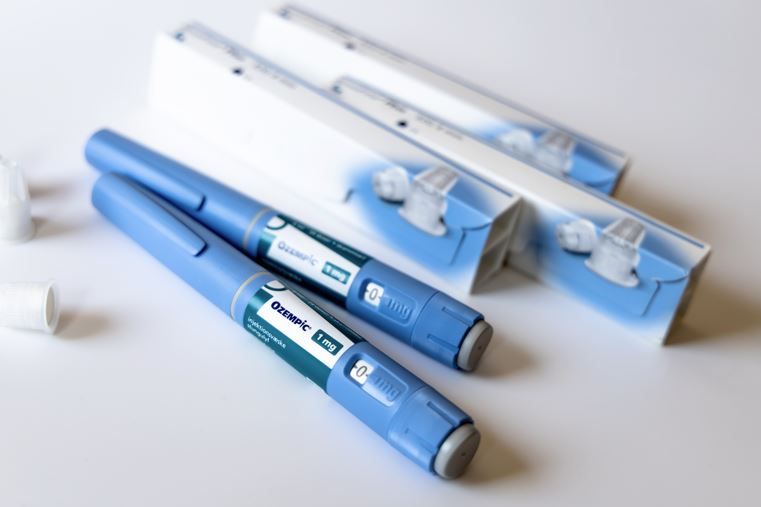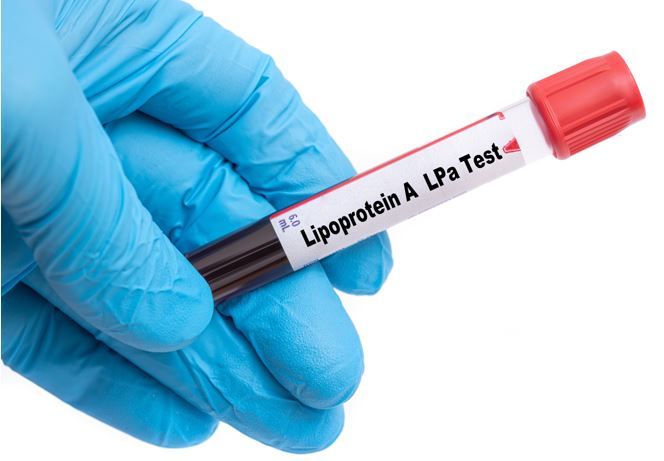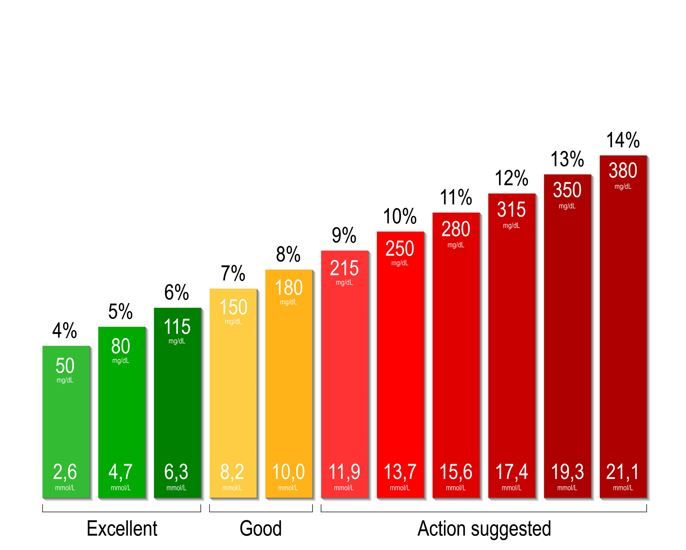- Clinical Technology
- Adult Immunization
- Hepatology
- Pediatric Immunization
- Screening
- Psychiatry
- Allergy
- Women's Health
- Cardiology
- Pediatrics
- Dermatology
- Endocrinology
- Pain Management
- Gastroenterology
- Infectious Disease
- Obesity Medicine
- Rheumatology
- Nephrology
- Neurology
- Pulmonology
Friday's 5 Quotes for Primary Care 6-19-2023

Each of the quotes that follow is taken from a study reviewed on Patient Care® during the past week and was chosen for the research team’s passion about the clinical implications of their findings and for their potential impact on primary care practice.
©Natalia/Adobe Stock

Meanwhile, 42% of medical practitioners said that patients without diabetes have asked them to prescribe them Ozempic, and 18% have done so. Of those who have been asked and have refused to prescribe it, 38% of them have received backlash. Medical practitioners aren’t just on the prescribing end either; 14% of provider respondents say they have personally used Ozempic for weight loss.
©Rasi/Adobe Stock

The benefit of bempedoic acid treatment is consistent with the event reduction predicted by the CTT analysis, and generally improved over time, similar to what was observed in statin outcomes trials, with more pronounced CV benefits seen in patients who remain on the study drug longer. Patients unable to tolerate statins or achieve their LDL-C goals on statins alone represent approximately one-third of all primary and secondary prevention patients, making the significant benefits of bempedoic acid in this patient population both evident and important.
©mraoraor/Adobe Stock

We know estrogens ingested orally are metabolized through the liver, and this is associated with an increase in factors that can lead to higher blood pressure. We also know that postmenopausal women are at increased risk of hypertension. Furthermore, previous studies have shown that specific types of hormone therapy have been associated with higher rates of heart disease. We dive deeper into factors associated with hormone therapy, ie, route of adminsitraton and and type of estrogen.
©luchschenF/Adobe Stock

This finding adds to growing evidence of a relationship between increased Lp(a) and the risk of recurrent CHD. It is well-established that people who have already experienced CHD are at very high risk of another event. Our new results indicate that new therapeutics in development that aim to reduce elevated Lp(a) might help prevent recurrent disease. However, the potential clinical benefit of therapy to reduce elevated Lp(a) is yet to be confirmed.
©designua/Adobe Stock

Specific study outcomes included a 10% increase (2.4 hours/day) in time spent in target glycemic range (TIR) and an 8.1% decrease in time spent above target range (TAR) among isCGM users. The strengths of this study include its novel selection of an outcome, percentage TIR, that is most relevant to the technology being evaluated, and arguably most relevant to future care directions in diabetes. The present trial sought to include a larger breadth of the type 2 diabetes population by including individuals using even one non-insulin antihyperglycemic therapy.
